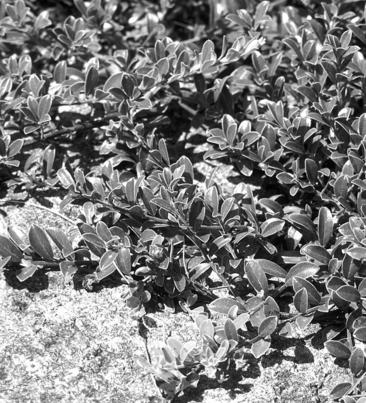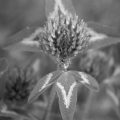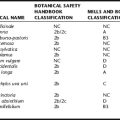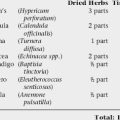UVA URSI
Botanical name: Arctostaphylos uva ursi
Synonyms: Bearberry, Kinnikinnik
PRINCIPAL USES
IN VITRO, ANIMAL, AND CLINICAL DATA
organisms, including but not limited to C. albicans, E. coli, S. aureus, and Proteus vulgaris, and others. Several studies have also demonstrated antiinflammatory activity of the herb, particularly enhanced when extracts are used in combination with anti-inflammatory pharmaceutical drugs, for example, prednisolone, indomethacin, or dexamethazone.
DOSAGE
Doses should provide the equivalent of 400 to 840 mg arbutin daily, divided over two to four doses.
SAFETY INFORMATION: SIDE EFFECTS, CONTRAINDICATIONS, TOXICITY, AND HERB-DRUG INTERACTIONS
Used as per directed dose and duration, uva ursi appears to have a good safety profile.
Toxicity
Several authorities claim that arbutin-containing preparations should not be taken for longer than a consecutive week, nor should they be taken more than 5 times annually without medical consultation. No explanation for this recommendation is given though it is likely due to concern regarding hydroquinone consumption. Contrary to this, the European Scientific Cooperative on Phytotherapy (ESCOP) recommends treatment be continued until complete disappearance of symptoms, up to a maximum of 2 weeks. Uva ursi is a known inhibitor of melanin synthesis, and in excessive doses could result in retinal damage. Used acutely according to general dosing recommendations, this herb is expected to have very low carcinogenicity, though carcinogenicity has been observed in mouse and rat models given pure hydroquinone.








